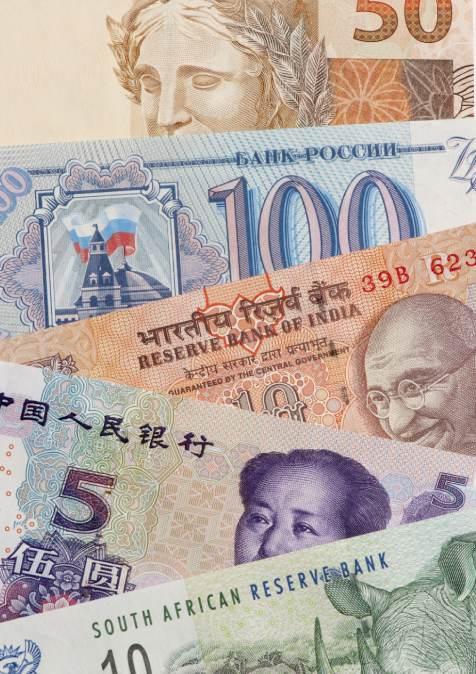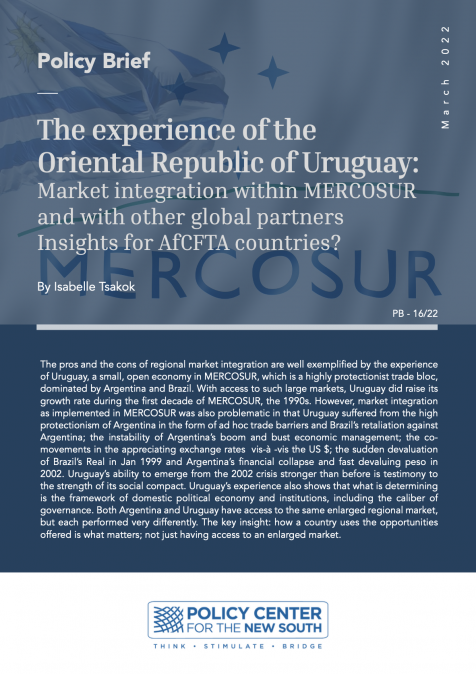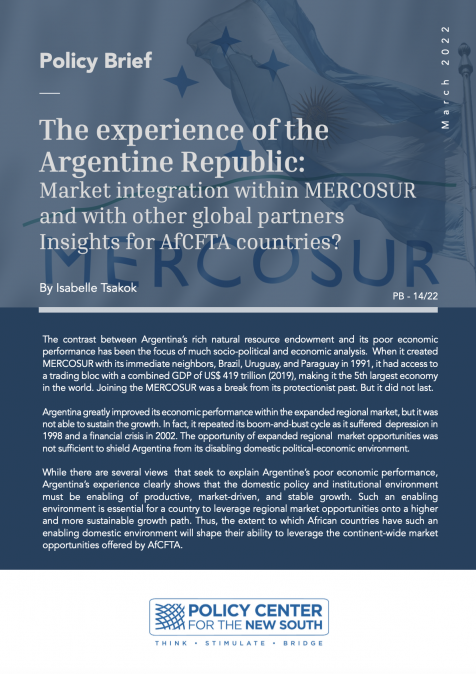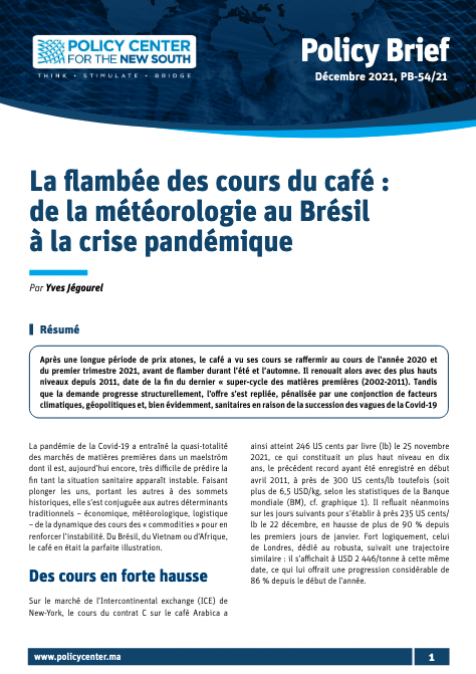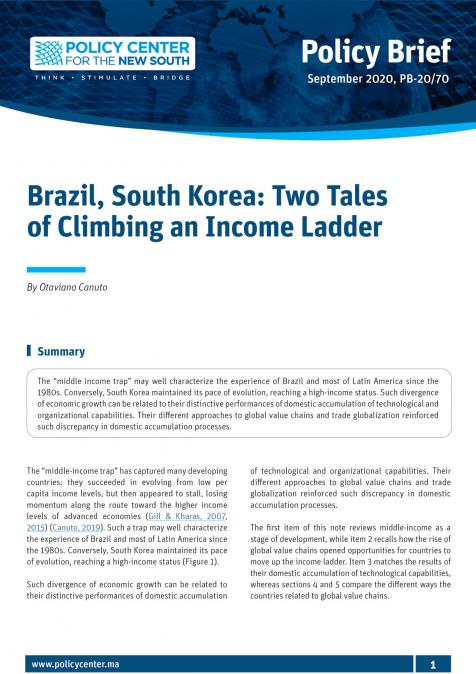Publications /
Opinion
This article has originally been published on OECD Development matter platform
Many donor countries seem eager to see middle-income countries (MICs) “master out” and graduate to a non-client status in multilateral development institutions before fully achieving their development potential. We argue that such institutions can still significantly contribute to the sustainable development of MICs, while also seizing many benefits from this relationship (Middle income countries and multilateral development banks: traps on the way to graduation).
Multilateral development banks operate in two main ways: regular lending and concessional finance. Regular lending uses interest rates close to market levels and relies on multilateral development banks’ wealth of knowledge to create attractive projects for MICs. Concessional finance on the other hand, is attractive for low-income countries, not only because of the banks’ knowledge, but also because it is much more financially favourable, offering low interest rates or grants.
In recent years, major donors and multilateral development banks have steadily increased their focus on low-income countries, with the understanding that in doing so, they would achieve higher impact. However, a necessary increase in efforts aimed at low-income countries should not mean neglecting many countries which, while relatively well-off in comparison, still have a long way to go before achieving full development. The trade-off is false, for two reasons. One, the fact that MICs borrow at close to market rates means that the financial cost of maintaining these countries in the client list of multilateral development banks is low. MICs mostly benefit from the knowledge they can access. Two, knowledge that MICs access and use in no way drains the knowledge for LICs’ use. Fixed costs for development knowledge are high, and a good share of that knowledge is non-rivalrous. Moreover MICs, because of their higher economic sophistication, allow for a better “training ground” for innovative approaches. Maintaining programmes in MICs can thus be beneficial for LICs, through what has been called the “hummingbird effect”.
One could argue – and many have – that independently of the arguments above, MICs are already on a path to development. The resources which multilateral development banks devote to MICs are unsubstantial compared to other sources. And furthermore, multilateral development banks do not have infinite capacity for programme generation. Thus if multilateral development banks are not really decisive for MICs, then why should they not concentrate on where they will make a greater impact? Unfortunately, the progress that MICs have made so far is by no means guaranteed to be sustained. Considering that the share of the world’s population – and of the world’s poor – that live in MICs is extremely high, we cannot afford to leave them subject to a possible middle-income trap. The measures which can be taken to help MICs avoid or exit the trap, are thus in the interest of all countries, poor and rich alike. Listing some of them will help make this point clearer:
1- Accumulate human capital and develop high cognitive skills
A major challenge for MICs is the accumulation of human capital. Recognising the importance of accumulating human capital does not automatically translate into higher levels. Years of schooling are not the same thing as better learning, even if there is a link between the two. Multilateral development banks can help MICs design effective policies to increase the level of learning-adjusted school years (a metric that combines quantity and quality of schooling) for a relatively low cost.
2-Foster entrepreneurship
A business-friendly environment is essential to moving from middle- to high-income levels. The benefits of specialisation and scale, as well as innovation, depend on a healthy environment where starting, operating or closing a business are not cumbersome endeavours. Multilateral development banks have an essential role in this regard. They can significantly help MICs by increasing the scope of evaluations like the Doing Business Report, to better and transparently reflect the business environment of the countries they examine.
3- Climate change mitigation
MICs are the “low-hanging fruit” of climate change mitigation. While their emissions are much higher than LICs’, their carbon-efficiency is still low compared to high-income countries. This means that they are the cheapest environment where technologies can be used to reduce greenhouse gas emissions while expanding economic activity. Reducing greenhouse gas emissions in MICs is in the interest of the whole world and multilateral development banks can still significantly expand such projects in MICs.
A rush to graduate and cease multilateral development bank activities in upper-middle income countries would come at a higher cost than what is assumed. Unlike what is often taken for granted, the development trajectory of these countries is far from a guaranteed linear path. The emergence and persistence of the middle-income trap has demonstrated this. Multilateral development banks, however, can do a lot to help ensure that these countries “graduate with honours” and even go onto becoming some of the main financiers of development – in the interest of all countries.


